The Bouquinistes of Paris
The tradition of open-air secondhand and antiquarian bookselling in Paris dates back to the Renaissance.
A stroll along the ever-romantic Seine is quite possibly one of the most popular things to do while visiting Paris. If trekking through the area during the day, chances are you’ll spot several green boxes; all of which house treasure troves of used and antiquarian books, as well as art prints and posters.
The Bouquinistes of Paris have a long tradition that dates back to the 16th century. In the beginning, small-scale merchants operated secondhand bookstalls along the Seine. However, this came to a halt in 1649 as stalls along the Pont Neuf were prohibited from operating by law. This occurred due to pressure from “legitimate” bookstores, who were losing business to the trade.
In 1762, the word bouquiniste first appeared in an edition of the Dictionnaire de l’Académie française, then simply meaning “bookseller.” It was later used to exclusively denote the antiquarian booksellers of Paris. During the French Revolution, editorial production dropped dramatically except for newspapers and brochures. Bouquinistes were warmly embraced during the revolution by aristocrats and the clergy, who yearned to read and acquire antique books for their collections. Under the reign of Napoleon I, the docks were embellished, and the Bouquinistes’s area of operation spread from the Quai Voltaire to the Pont Saint-Michel along the banks of the Seine.
Today, the green boxes of the Bouquinistes can still be found along both sides of the Seine. The area has since earned the prestige of being labeled a UNESCO World Heritage site.
Know Before You Go
Most of the Bouquinistes open around 11 a.m. and close at sundown.
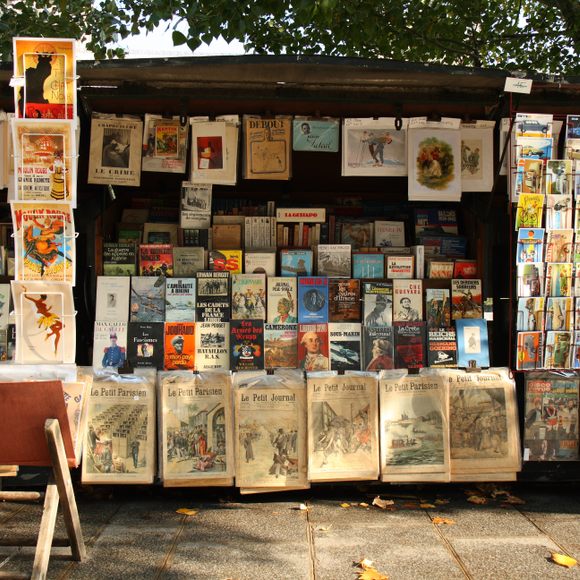




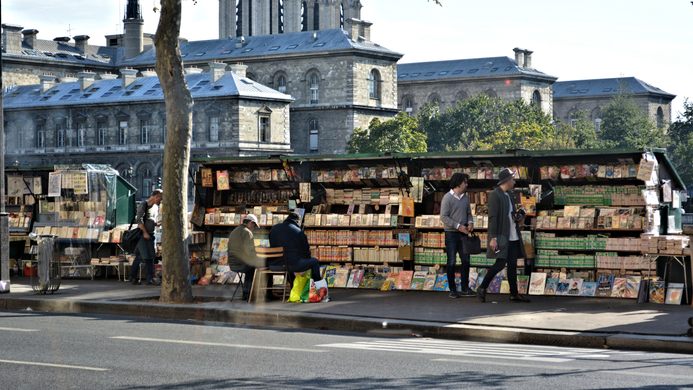
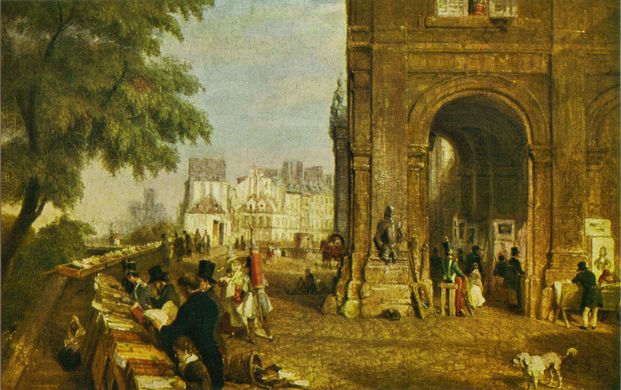

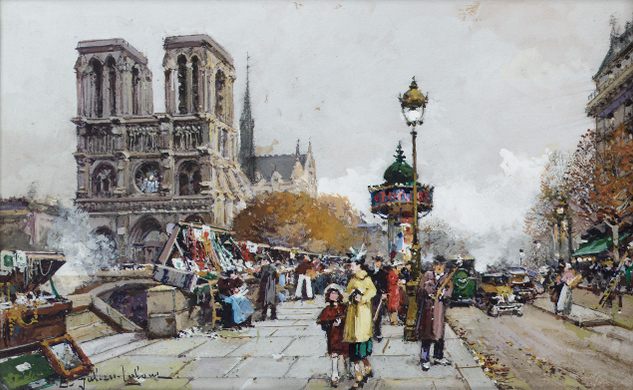
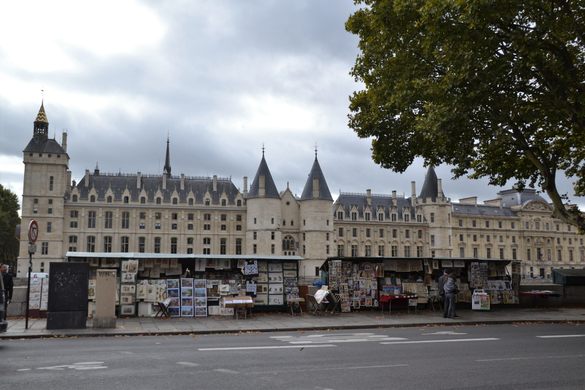
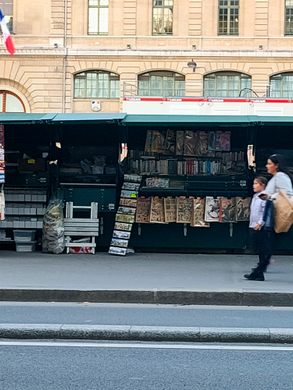
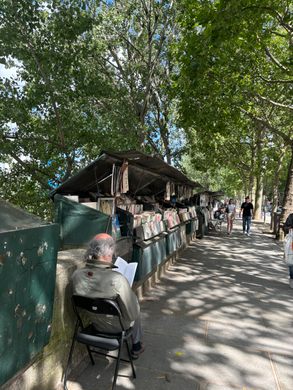








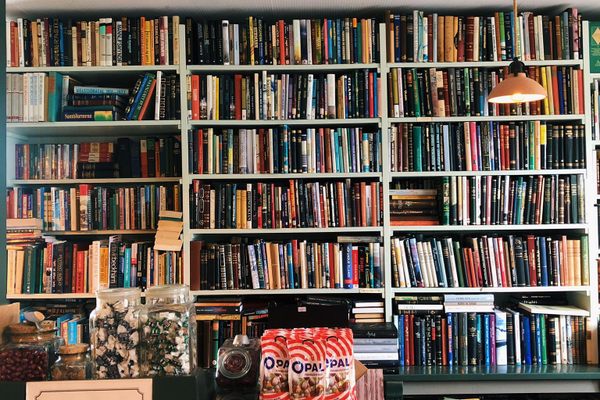


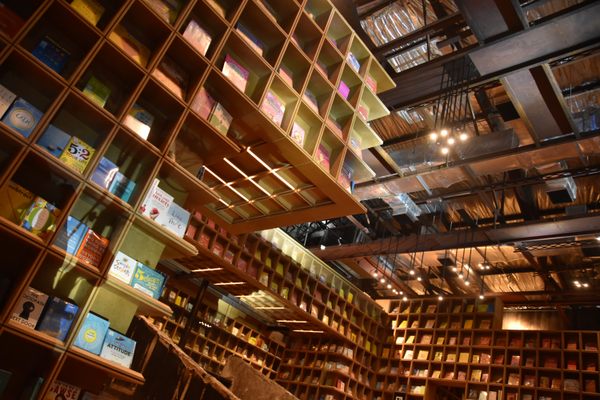

Follow us on Twitter to get the latest on the world's hidden wonders.
Like us on Facebook to get the latest on the world's hidden wonders.
Follow us on Twitter Like us on Facebook